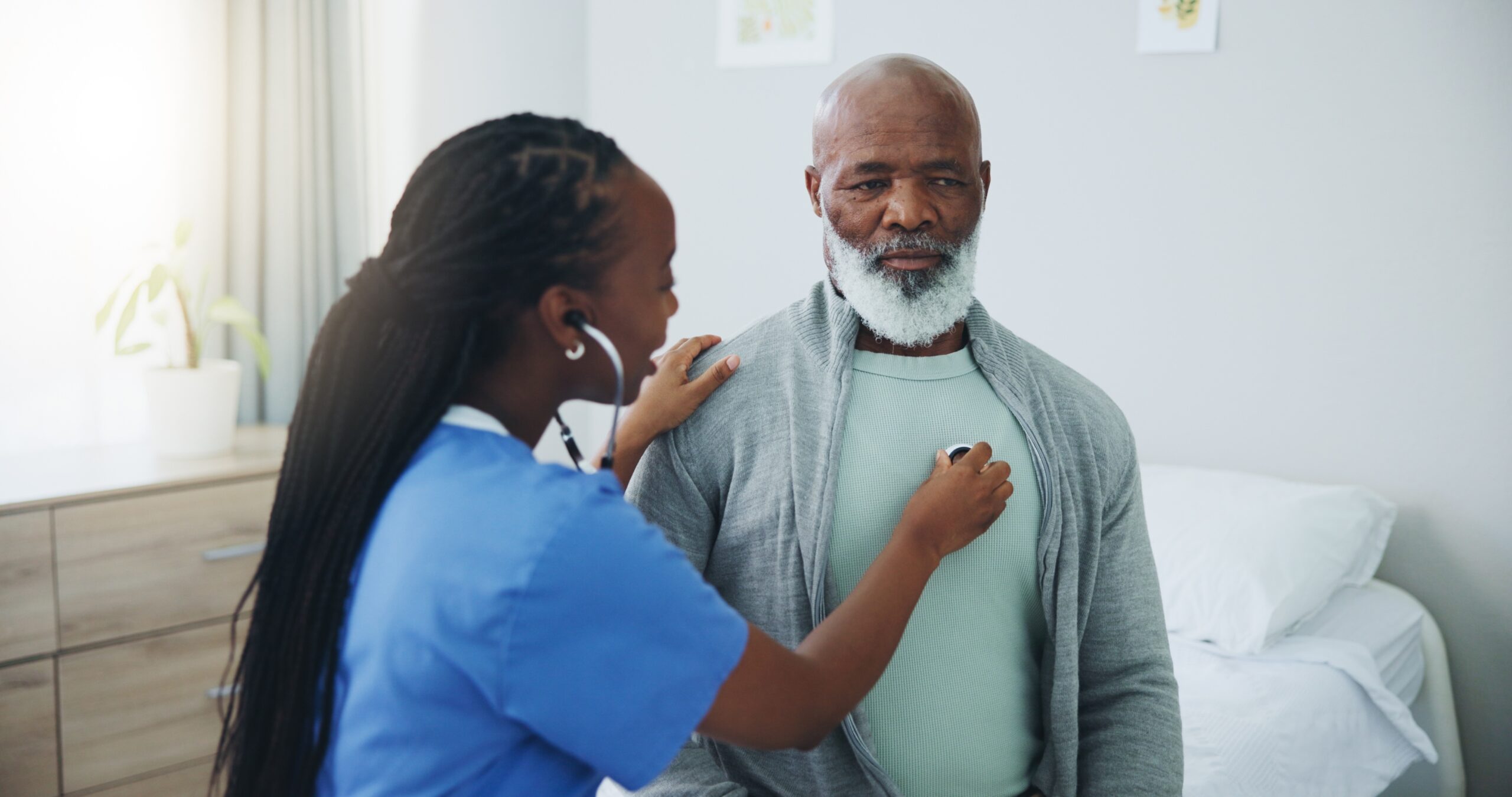June isn’t just a time to honor dads — it’s also an opportunity to celebrate men’s health! One of the most important steps men can take for their health is staying proactive with regular cancer screenings.
According to the American Cancer Society, the cancers that most commonly affect men include prostate, colorectal, lung and skin cancers. Early detection through routine screenings can make a significant difference in treatment options and outcomes. In this blog, we’ll explore the key screening methods available for these common male cancers and how they help men take control of their health.
Screening for Prostate Cancer
Every man over the age of 50 is encouraged to discuss prostate cancer screening with their doctor. Those with family history of the disease may choose to screen earlier. Screening for prostate cancer can consist of:
- Prostate-Specific Antigen Blood Test
- Digital Rectal Exam
- PCA3 Urine Test
- MRI of the prostate
- Biopsy of the prostate
Talk with your primary care provider or urologist to identify your risk and get the screening process started!
Testing for Colorectal Cancer
Men (and women) are encouraged to get screened for colorectal cancer starting at age 45. There are two main screening options for colorectal cancer: a colonoscopy or stool testing. Out of these options, a colonoscopy is the most comprehensive testing available. This procedure involves a bowel prep to ensure that the doctor can view the colon and rectum with a small camera. High-risk patients or those with a family history of colorectal cancer may consider screening early.
Are you ready to take the next step and get screened for colorectal cancer? Visit the Southwoods Center for Digestive Health & General Surgery in Boardman, Ohio. These specialists are trained in the most advanced technology to perform this procedure with ease and precision.
Low Dose CT Lung Screening
Current or former smokers aged 50-80 may want to consider getting a Low-Dose CT (LDCT) Lung Cancer Screening. This test serves as a non-invasive way to detect lung cancer in its early stages. The LDCT uses less radiation than a typical CT scan. It only takes a few minutes to detect your risk for lung cancer.
Skin Cancer Detection
It is important to see a dermatologist regularly if you have noticed changes to your skin like moles or spots. If the doctor has concerns about a growth they will use magnifying tools to examine it or perform a skin biopsy to identify cancer cells.
Start Screening at Southwoods Health
Take charge of your health by scheduling an appointment with your primary care provider. If you don’t have a primary care physician, Southwoods’ network has over 40 providers in office locations across the Mahoning Valley. Our providers will help you identify your risk factors and recommend testing that is right for you!



